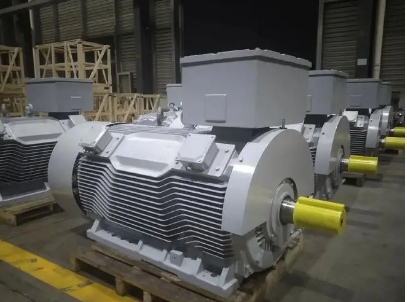Specially cylindrical roller bearings are engineered to support both radial and axial loads. However, the presence of axial forces can lead to complications, particularly when the inner and outer rings are not properly aligned.
During motor operation, axial forces can induce axial misalignment between the inner and outer rings of the bearing. In the case of cylindrical roller bearings, the inner and outer rings are separable, allowing for a certain degree of misalignment control. Nevertheless, for bearings with non-separable rings, the consequences are more pronounced. Axial forces exert a relative push or pull on the bearing’s inner ring, potentially causing significant stress on the bearing bracket.
This stress alters the axial and radial clearances of the rolling elements within the bearing. As clearances shift, the rolling elements may not operate optimally, leading to heightened friction and wear. Over time, this can result in premature bearing failure, diminished efficiency, and increased maintenance expenses.
Moreover, misalignment due to axial forces can cause uneven load distribution on the rolling elements, further exacerbating wear. In extreme cases, it may even culminate in catastrophic failure of the bearing system, halting the motor and necessitating costly repairs.
The axial force generated during motor operation profoundly affects the bearing system, causing misalignment, altering clearances, and increasing stress on bearing components. Comprehending these effects is crucial for ensuring the longevity and reliability of motor drive systems. Wolong Nanyang Explosion Protection is implementing appropriate design and maintenance strategies into our product line (inclusive of overall products such as high voltage 3-phase asynchronous motor and low voltage motor) to mitigate these risks and enhance overall performance.
Post time: Oct-25-2024






